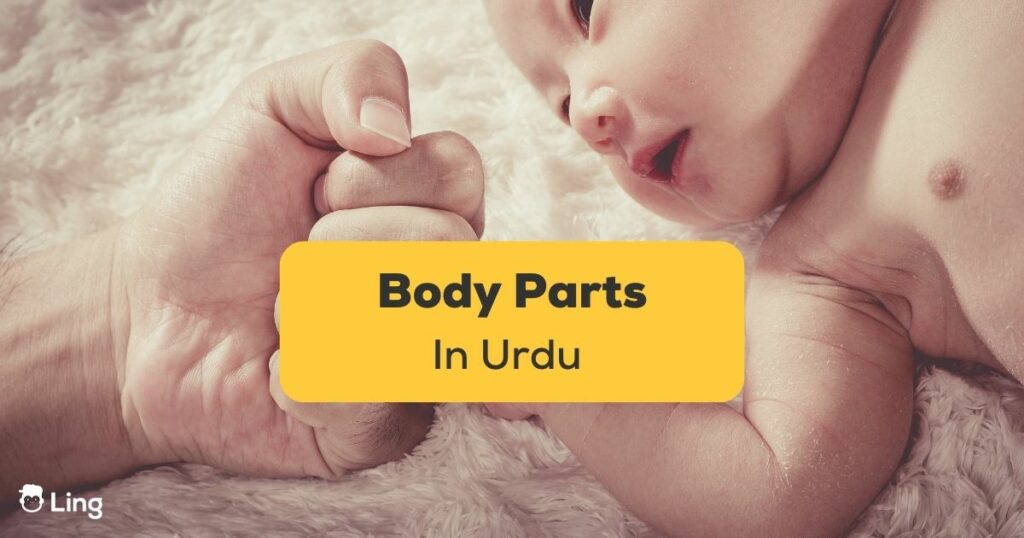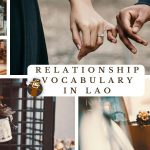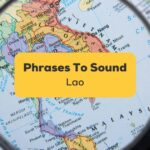As I wander through the winding alleys of Urdu, I am struck by the sheer beauty of this language. Its melodious cadence and intricate vocabulary are a testament to the rich cultural heritage of the region. In my explorations, I have come across a particularly fascinating aspect of Urdu: the way it describes different (جسمانی اعضاء) jismani auza, AKA body parts.
The language has a unique and vivid way of expressing these physical features, evoking a rich tapestry of cultural and historical influences. In this blog post, I invite you to join me on a journey to discover some of the most intriguing and distinctive body parts in Urdu, and the fascinating meanings and cultural significance they hold.
Body Parts In Urdu
In Pakistani culture, the body is not just a vessel for physical existence, but a sacred and cherished gift from Allah, God of the Muslim community, which is a majority in Pakistan. Its significance is deeply rooted in the traditions, customs, and beliefs of the Pakistani people, and its care and respect are of utmost importance.
Modesty and decency in dress and behavior are highly valued, especially for women, who are expected to dress modestly and cover their heads, arms, and legs in public. This cultural expectation stems from Islamic teachings and beliefs, which emphasize the importance of modesty and respect for oneself and others.
The Pakistani culture is one that values physical touch and proximity differently among genders. Public displays of affection between opposite genders are discouraged, while physical touch between family members of the same gender is a sign of warmth and affection.
Physical cleanliness and hygiene are also of utmost importance in Pakistani culture. Regular washing of the body, especially before prayer, is an important ritual for both physical and spiritual purification. Traditional practices such as the use of henna for body decoration, and the application of oils and perfumes for scent, are also deeply embedded in Pakistani culture.
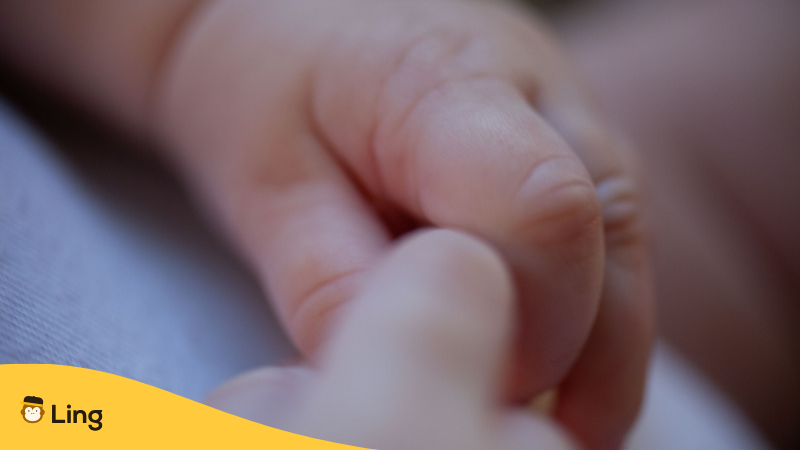
The Pakistani culture views the body with reverence and respect, and practices and customs associated with it are an important part of religious beliefs and cultural traditions. From modesty in dress and behavior to the importance of cleanliness and personal hygiene, Pakistani culture emphasizes the care and respect for the human body.
Let’s learn the Urdu words for different body parts.
| English | Urdu | Pronunciation |
| Abdomen | پیٹ | Pait |
| Ankle | ٹخنے | Takhnay |
| Arm | بازو | Baazu |
| Armpit | بغل | Baghal |
| Back | پیٹھ | Peeth |
| Beard | داڑھی | Daarhi |
| Buttock | کولہا۔ | Koolha |
| Chest | سینہ | Seenah |
| Chin | ٹھوڑی | Thorhee |
| Ear | کان | Kaan |
| Elbow | کہنی | Kohni |
| Eye | آنکھ | Aankh |
| Face | چہرہ | Chehra |
| Foot | پاؤں | Paon |
| Forearm | بازو | Baazu |
| Forehead | پیشانی | Peshani |
| Hair | بال | Baal |
| Hand | ہاتھ | Haath |
| Head | سر | Sir |
| Hip | کولہا۔ | Koolha . |
| Instep | انسٹیپ | Instep |
| Knee | گھٹنا | Ghatna |
| Leg | ٹانگ | Taang |
| Mouth | منہ | Mun |
| Navel | ناف | Naaf |
| Neck | گردن | Gardan |
| Nose | ناک | Naak |
| Shoulder | کندھے | Kandhay |
| Thigh | ران | Raan |
| Thumb | انگوٹھا | Anghutha |
| Toenail | پیر کا ناخن | Paiir ka naakhun |
| Toes | انگلیاں | Ungliyan |
| Waist | کمر | Kamar |
| Wrist | کلائی | Kalayi |
Verbs For Body Parts
Learning verbs for body parts can be a fascinating and rewarding experience for anyone interested in the Urdu language and culture. By understanding the names of body parts and the verbs associated with them, individuals can not only enhance their communication skills, but also deepen their understanding of their own bodies.
For example, when learning verbs related to body parts, individuals can gain insight into how the body moves and functions. They can also learn how to describe specific movements, such as bending, stretching, or flexing.
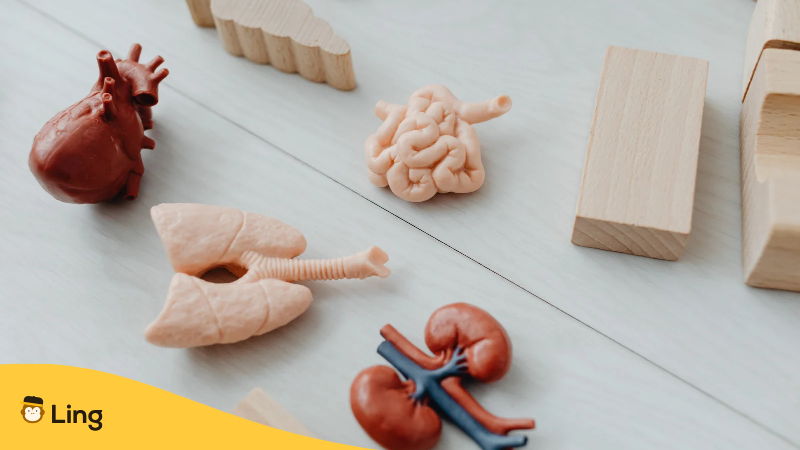
Furthermore, learning verbs for body parts can be particularly useful for those who engage in physical activities, such as sports or dance. By understanding the verbs associated with specific movements, individuals can better understand the techniques and mechanics involved in these activities, leading to improved performance and enjoyment.
Additionally, understanding verbs for body parts can also provide valuable insight into the culture and traditions of Urdu-speaking regions. The names of body parts and the verbs associated with them are deeply intertwined with cultural beliefs and practices. For example, certain verbs may be associated with specific religious practices, such as prostrating during prayer, while others may be associated with traditional healing practices.
Now that you are apt with all the words for body parts in Urdu, learn some verbs to form sentences like a pro!
A – P
| English | Urdu | Romanization |
| Bite Mouth | دانت سے چبا نا | Daant sey chabana |
| Blink Eyes | آنکھیں جھپکنا | Ankhein jhapakna |
| Breathe Mouth/Nose | ناک سے سانس لینا | Naak sey saans lena |
| Chew Mouth | منہ چبانا | Moun chabana |
| Clap Hands | تالیاں بجانا۔ | Taliyaan bajana |
| Eat Mouth | موں سے کھانا | Moun sey khaana |
| Glance Eyes | آنکھوں سے جھلک دیکھنا | Ankhoun sey jhalak dekhna |
| Kick Foot | لات مارنا | Laat marna |
| Kiss Lips | ہونٹوں کو چومو | Hontoun ko chumou |
| Lick Tongue | زبان سے چا ٹنا | Zabaan sey chaatna |
| Mutter Mouth | موں سے بڑ بڑ انا | Moun sey barbarana |
| Nod Head | سر ہلایا | Sir hilaya |
| Point Finger | انگلی سے اشارہ کرنا | Ungli sey ishara kerna |
| Punch Hands | ہاتھ سے پنچ کرنا | Haath sey punch kerna |
S – Z
| Scratch Finger | انگلی کھرچنا | Ungli khurachna |
| Shake Hands | ہاتھ ملانا | Haath milana |
| Shake Head | سر ہلائیں۔ | Sir hilayein |
| Shrug Shoulders | کندھے اچکانا | Kandhay uchkana |
| Slap Hands | تھپڑ مارنا | Thapar maarna |
| Smack Hands | چا نٹا ما رنا | Chanta maarna |
| Smell Nose | ناک سے سونگھنا | Naak sey soonghna |
| Sniff Nose | ناک سے سونگھنا | Naak sey soonghna |
| Stare Eyes | آ نکھوں سے گھورنا | Ankhoun sey ghoorna |
| Stub Toe | کندہ پنجہ | Kanda panja |
| Swallow Throat | گلے سے نگلنا | Galey sey nigalna |
| Talk Mouth | منہ سے بات کریں۔ | Moun se baat karein |
| Taste Mouth | منہ کا ذائقہ | Moun ka zayeiqa |
| Whisper Mouth | منہ سے سر گوشی کرنا | Moun sey sargoshi kerna |
| Whistle Lips/Mouth | منہ سے سی ٹی بجا نا | Moun sey seeti bajana |
| Wink Eye | آنکھ مارنا | Aankh maarna |
Useful Questions
Last but not least, here is a list of all the questions that you might get in your exams if you are studying Punjabi. So why not learn them so that you can answer them appropriately? Feel free to write the answers in the comment section below!
| English | Urdu | Romanization |
| How many eyebrows does a human face have? | ایک انسان کے چہرے پر کتنی آئیبروذ ہو تی ہیں؟ | Ek insaan key chehrey par kitni eyebrows houti hain? |
| How many fingers are in both our hands? | ہمارے دونوں ہاتھوں میں کتنی انگلیاں ہیں؟ | Hamaray dono hathoun mein kitni ungliyan hain ? |
| How many hands does a human body have? | انسانی جسم کے کتنے ہاتھ ہوتے ہیں؟ | Insani jism ke kitney haath hotay hain ? |
| How many legs does a human body have? | انسانی جسم کی کتنی ٹانگیں ہوتی ہیں؟ | Insani jism ki kitni tangein hoti hain ? |
| How many noses does a human face have? | ایک انسان کے چہرے پہ کتنی ناک ہوتیں ہیں؟ | Ek insaan key chehrey pey kitneen naak houti hain? |
| This is the image of which body part? | یہ جسم کے کس حصے کی تصویر ہے؟ | Yeh jism ke kis hissay ki tasweer hai ? |
| What actions are ears used for? | کان کا کیا استعمال ہے؟ | Kaan ka kiya istemaal hai? |
| What body part do we chew food through? | ہم جسم کے کس حصے سے کھانا چباتے ہیں؟ | Hum jism ke kis hissay se khana chabatey hain ? |
| What body part do we smell food with? | ہم جسم کے کس حصے سے کھانے کی خوشبو سو نگھتے ہیں؟ | Hum jism ke kis hissay se khaney ki Khushboo soongtey hain ? |
| What color is our hair? | ہمارے بالوں کا رنگ کیا ہے؟ | Hamaray baloun ka rang kya hai ? |
| What do we taste our food with? | ہمیں کھانے کا ذائقہ کیسے پتہ چلتا ہے؟ | Humey khaaney ka zaiqa kaise pata chalta hai? |
| What do we walk with? | ہم کیسے چل پاتے ہیں؟ | Hum kaisey chal paatey hain? |
| What is the function of our neck? | ہماری گر دن ک کیا کام ہے؟ | Humari gardan ka kiya kaam hai? |
| With which body part do we see objects? | جسم کے کس حصے سے ہم سب کچھ دیکھ سکتےہیں؟ | Jism key kis hissey sey hum sab kuch dekh sakte hain? |
Wrapping Up
That’s it for this blog post. If you are looking for more ways to learn Urdu, then Ling might be your kind of stop. Enhance your Urdu and English vocabulary skills with Ling. Immerse yourself in the world of Urdu proverbs and expand your knowledge of family-related vocabulary.
These blog posts are just a glimpse of the rich resources that Ling offers to enhance your language learning experience. Whether you’re a beginner or an advanced learner, Ling’s blog posts are a great way to learn about new topics and practice your language skills in a fun and engaging way. So, sit back, relax, and let Ling take you on a linguistic adventure.
What are you waiting for? Download the Ling App from the Google Play Store and App Store and start learning Urdu now!
Updated by Samawiyah Hasnain
